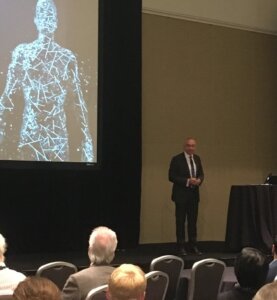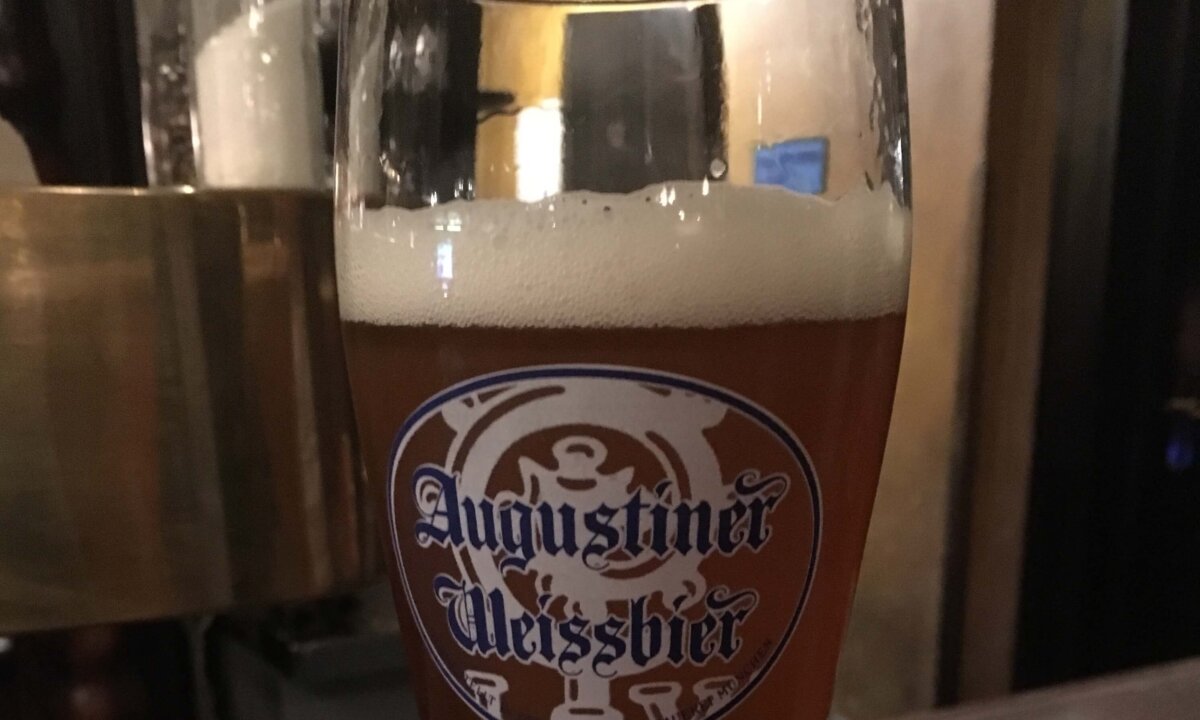As one of the current key drivers of the semiconductor industry, the development of robots with artificial intelligence has been on my mind quite a bit recently, second only to autonomous vehicles. I am curious to understand why we, as humans, are driven to develop technology that will surpass us in intelligence. While, among other things, AI is predicted to streamline manufacturing, improve medical care, and when implemented in automobiles will help to significantly reduce the number of vehicular deaths, I want to know if a world enabled by smart robots will truly be a better place. Or are we drunk on the idea of the many opportunities this brings to the industry, as market forecasters predict explosive growth to the tune of $1T by 2030?

On a recent trip to Munich, Germany to attend SEMICON Europa, and to visit Fraunhofer EMFT, these were the questions I posed in an interview with Christoph Kutter, director of Fraunhofer EMFT. Their responses inspired casual conversations with others throughout the week. The discussions that ensued were quite interesting, and I was relieved to discover the sociological implications are also on the minds of many, even as they are excited about developing AI to its potential.
Kutter recalls a time in the early 2000s when he was bored. “I thought all the real breakthroughs in technology had already been made: the internet, feature phones (not even smartphones!) digitized music (the MP3 player was a German invention after all),” he said. Then in 2007, the iPhone came along, and the race began to develop more sensors and computing technology that would allow for robots, autonomous vehicles, AI, and more.
AI is high on Kutter’s wow! factor. He is not afraid that machines will become smarter than humans. He says machines are already smarter than human in terms of computing and processing power, but they don’t have a soul; they won’t ever have emotions or be creative. “Robots will never be better friends,” says Kutter. “I see the positive aspects of machine learning and AI. There is always a negative side to technology, but we shouldn’t fear it. For me, artificial intelligence is not about cloning people, It’s a way of teaching and learning algorithms.” He talked about the good that can be done with AI, like improving production in agriculture or the role it plays in developing a completely renewable energy system.
As optimistic as he is, Kutter does have concerns about the societal impact when robots are given tasks previously performed by humans. What will happen to the unskilled labor force? How will it impact them psychologically and the way they contribute to society? As knowledge workers won’t be impacted, we need to figure out how we make education available to that population.
“It’s human nature to want to improve things,” he explained. “But we always create new problems to solve. It’s a process that goes on, we can’t turn the wheel back. Individuals can choose whether to participate or not, but as a whole, society cannot choose.”

AI Has a Dark Side
Last July at imec’s ITF Forum in SEMICON West, Luc Van den hove talked about the importance of AI to making IoT applications predictive and adapted. “AI is penetrating many applications in an unnoticeable way,” he said. Imec is working on a flexible, implantable chip to control prosthetic hands and arms and restore a sense of touch. It relies on a self-learning interface based on AI. In this way, it seems AI can truly be game-changing.
Van den hov did caution that the IoT and AI have a dark side, as evidenced by a dramatic increase of hacking into IoT networks. “Soon devices won’t only be around us, they will be inside our bodies as well,” he said. “We need to focus on security so that the Internet of Things doesn’t become the Internet of Threats.” To this end, imec is working on advanced encryption standards using new encryption technology concepts that run on low power to be compatible with the IoT. One concept is to use nanoscale technology to stamp each chip with a unique “fingerprint.”
Like Kutter, Van den hove believes that machines will never replace humans, as they won’t have judgment power or emotions. “Don’t believe the negative statements,” he urged. “It’s important to give technology a human face, and put humans at the center. Robots and humans have embarked on a journey together.”
Marie Noelle Semaria, CEA-Leti, agrees that developing and implementing AI must be done with great care and concern for unintended outcomes. She said using AI correctly requires us to understand what devices can do and whether all features are being used. End-users need to be made aware of its pitfalls. “We have to develop a sense of responsibility not only in the community of researchers but also regarding society,” she said, in an interview last July. “As researchers, it is our duty to explain what the technology can enable and what type of usage is possible.”
So What Does This Have to Do With Beer?
In the Genmark Automation booth at SEMICON Europa, the novelty draw was an automated beer pourer, configured specifically to the special pouring needs of German weissbier, which calls for the sediment to be swirled towards the end of the pour to create the head and ensure the full flavor of the brew.
While enjoying the results of the pour with other attendees, the discussion turned to another beer-inspired technology innovation. Keurig, known for its single-serving coffee brew system, has teamed up with InBev to co-develop an in-home automated alcoholic beverage and beer system based on Keurig’s technology. Just the idea of a beer brewed in such a system had all of us shaking out our heads. Beer is sacred in Germany. German beer purity law is 501 years old, and simply states that beer is brewed using four ingredients: water, hops, malt, and yeast. That flavor cannot possibly be captured in a pod that is mixed with water and carbonated.

Later that evening, this time over hand-poured, classically-brewed weissbiers in Munich’s oldest independent brewery– the Augustinerbräu, est. 1812 – with its sassy, dirndl-clad servers and rustic Bavarian tables and chairs that encourage large group gatherings, my colleagues and I talked about how different the experience would be if the beer was brewed by a Keurig machine, dispensed automatically and delivered by artificially intelligent robots. We agreed, at the Augustiner Keller, the experience includes everything, from the beer to the furniture. When it comes to implementing smart systems and AI, we need to carefully select the applications where it makes sense, and will truly improve our lives. Where it doesn’t improve it, we need to leave things well enough alone. Clearly, for those of us at the Augustiner Keller, when It comes to robots and AI, we draw the line at beer. ~ FvT



















